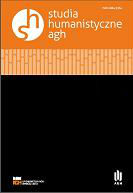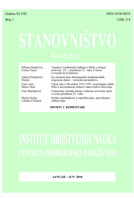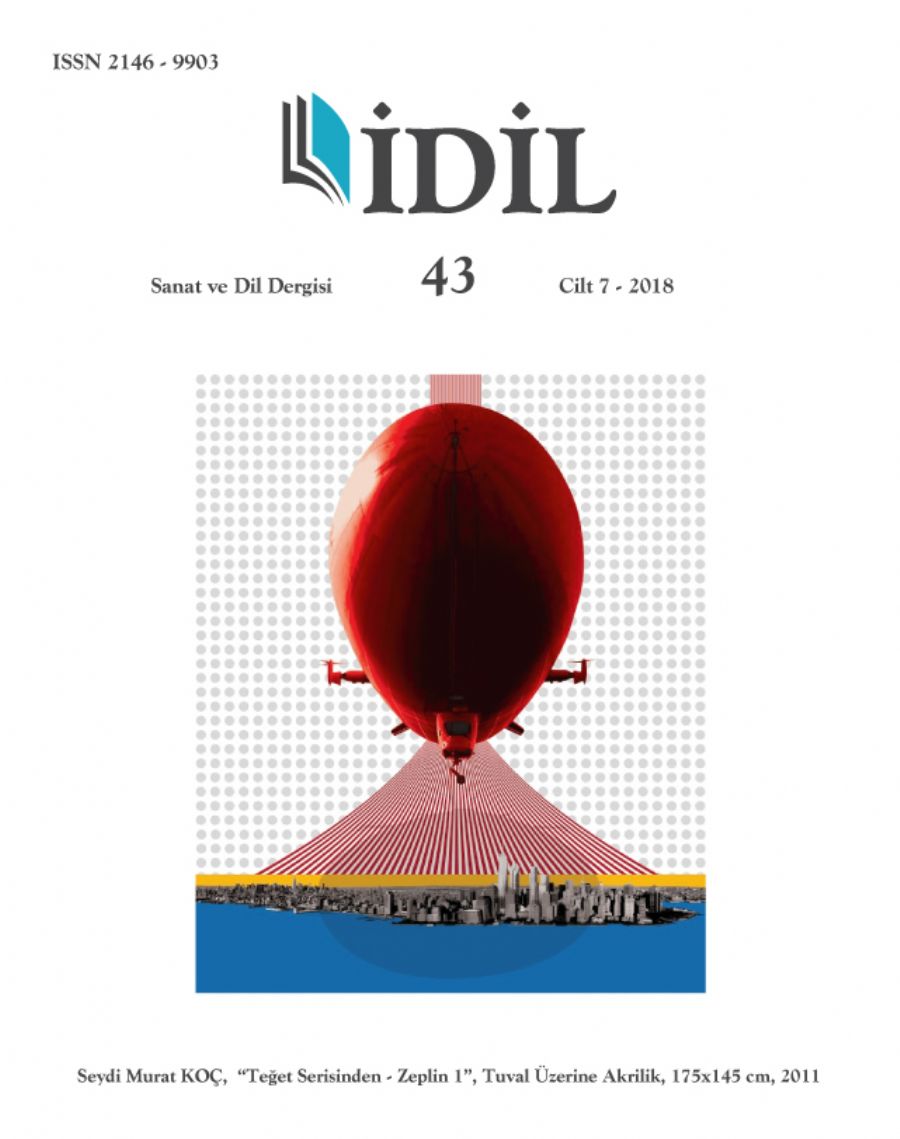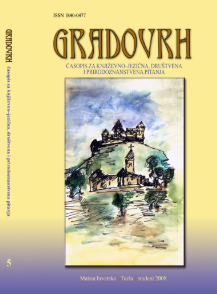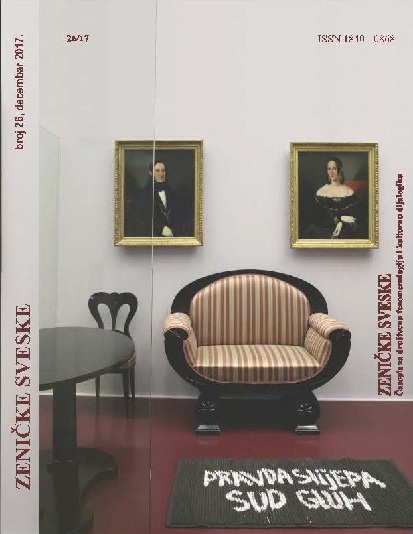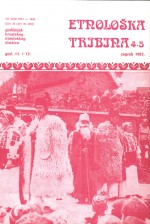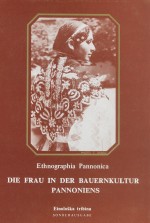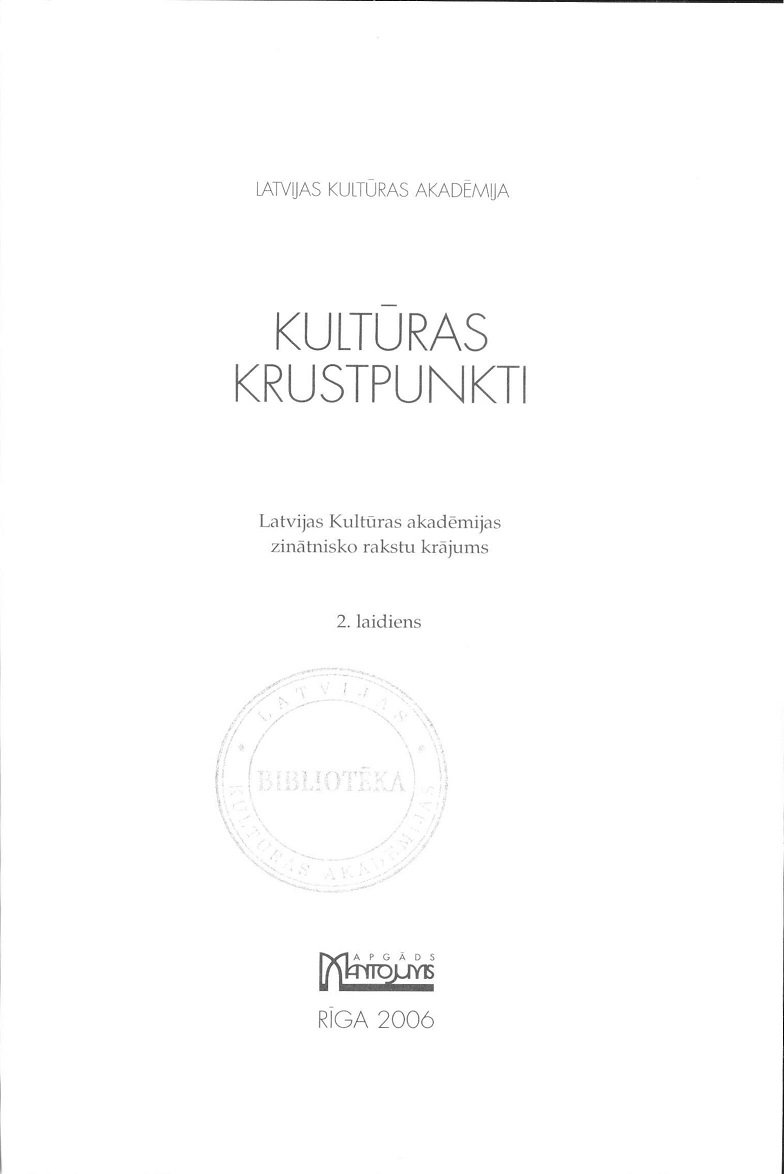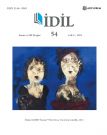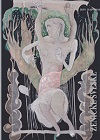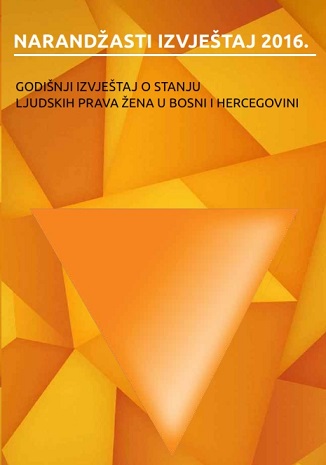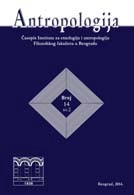Author(s): Marija Kolin,Lilijana Čičkarić / Language(s): Serbian
Issue: 1/2010
In this paper we examine gender differences in the pattern and level of employment, main characteristics of women's employment and their participation in political institutions, public policy and decision-making process. The analysis contains comparative view pointed out on gender differences in Serbia and European Union and assessment of anti-discrimination measures and active integrative approach to gender participation. The quantitative data derived from official gender sensitive statistics from EU and UN institutions, supplemented by qualitative findings of recent surveys. The evidence presented in the paper pointed out unfavourable position of women in the labour market, characterized by low economic activity, limited access to managerial position and prestige wages, high unemployment, poverty and vulnerability. The Serbian labour market is characterized by a downward rate of activity of women and a high unemployment rate, the latter being the crucial factor of unequal position. Activity of women at the labour market amounting to 54.6% in 2006 relative to the total female population of working age is very low. Economic activity of women is considerably beneath that of men which amounts to 72.7% active men as compared to the total male population of working age. Statistics and reports on the structure of the unemployed show that women are more affected by unemployment than men. It is 1.5 times higher than that of men of the same working age. The unemployment rate in Serbia is one of the highest in Europe, ranging from 21% to 30%, depending on the methodology of calculation. The position of unemployed women is determined by poor opportunities to contract full-tim employment, low and irregular payment of unemployment benefits, poor chances for prequalification and professional retraining and a high probability of engagement on unpaid jobs at home or jobs in "gray economy". In the second part of the article the differences and similarities in patterns of political behaviour of women in Serbia and European Union are examined, considering participation in governance, decision making and public policy. The analysis emphasizes that women are still under-represented in political system and its institutions in Serbia, more then in the most EU countries. Namely, the number of women in politics in Serbia was dramatically reduced in the course of the nineties due to strengthening of nationalistic politics, ethnic conflicts, economic sanctions and isolation of the country. Relative to the socialist period, when participation of women in parliaments was 17%, women completely disappeared from the political scene in this period. After the 1992 elections, only 4.0% women were elected into the Serbian parliament, and after the elections in 2000, of the 250 members of the Serbian parliament, only 27 (10.8%) were women. Finally, participation of women at the 2008 Parliamentary Elections doubled (20,4%) following the introduction of quota for the less represented gender in the Law on Election of Members of Parliament. Representation increased to 21.3% at the local level also. But, women are still underrepresented on leading positions in governing and decision making in public policy. There are three times less women among the legislators, state agencies officials, CEOs, directors and managers.
More...
